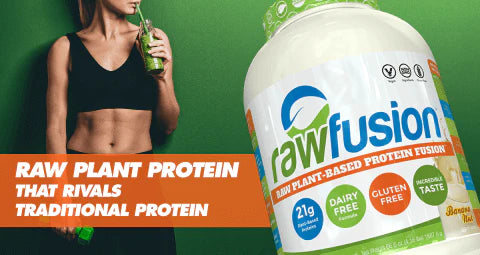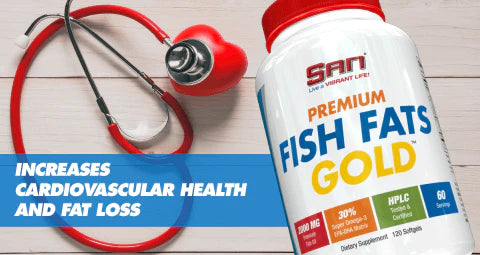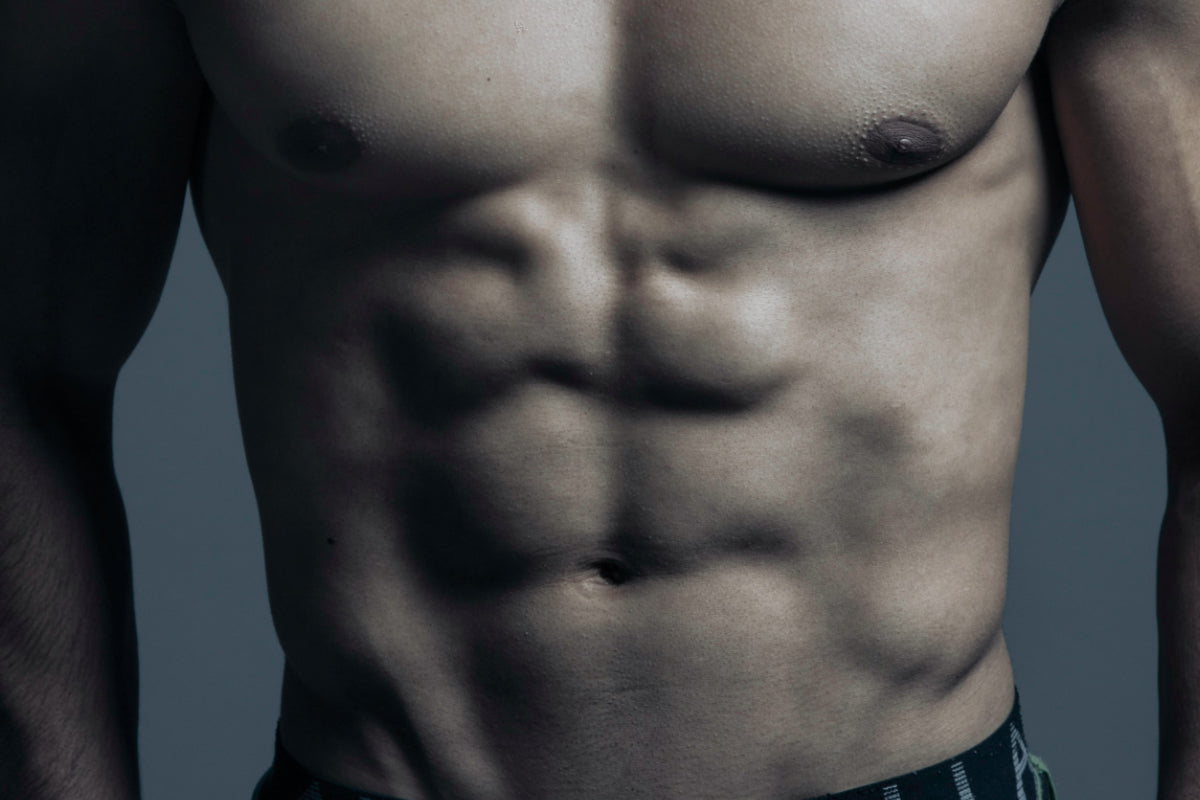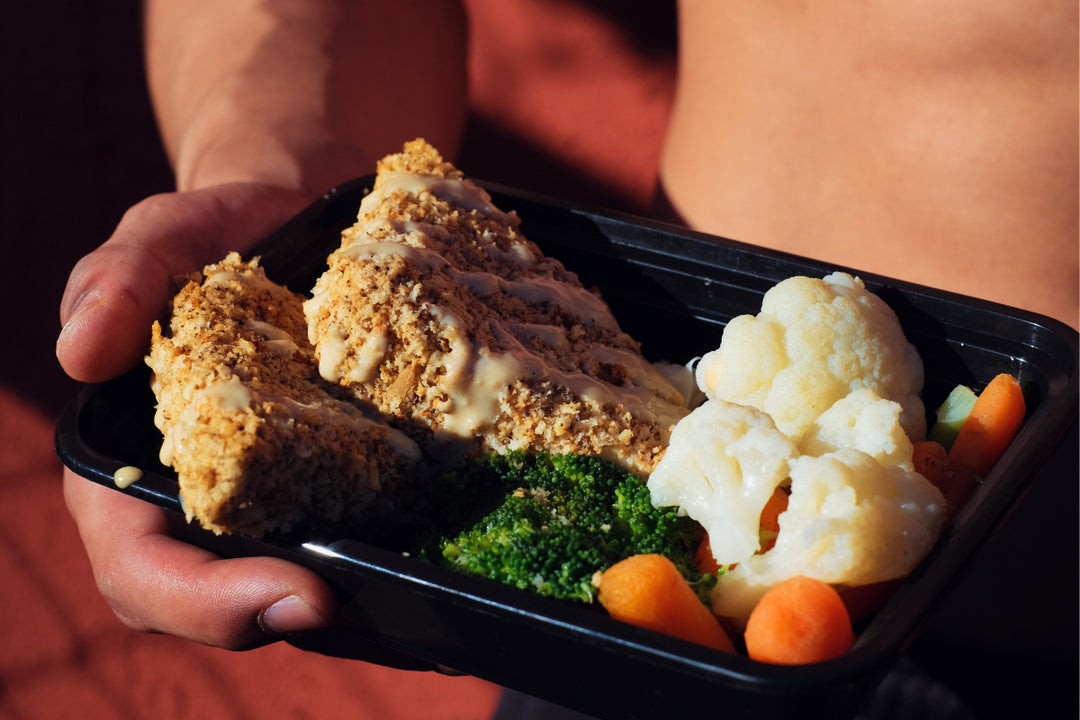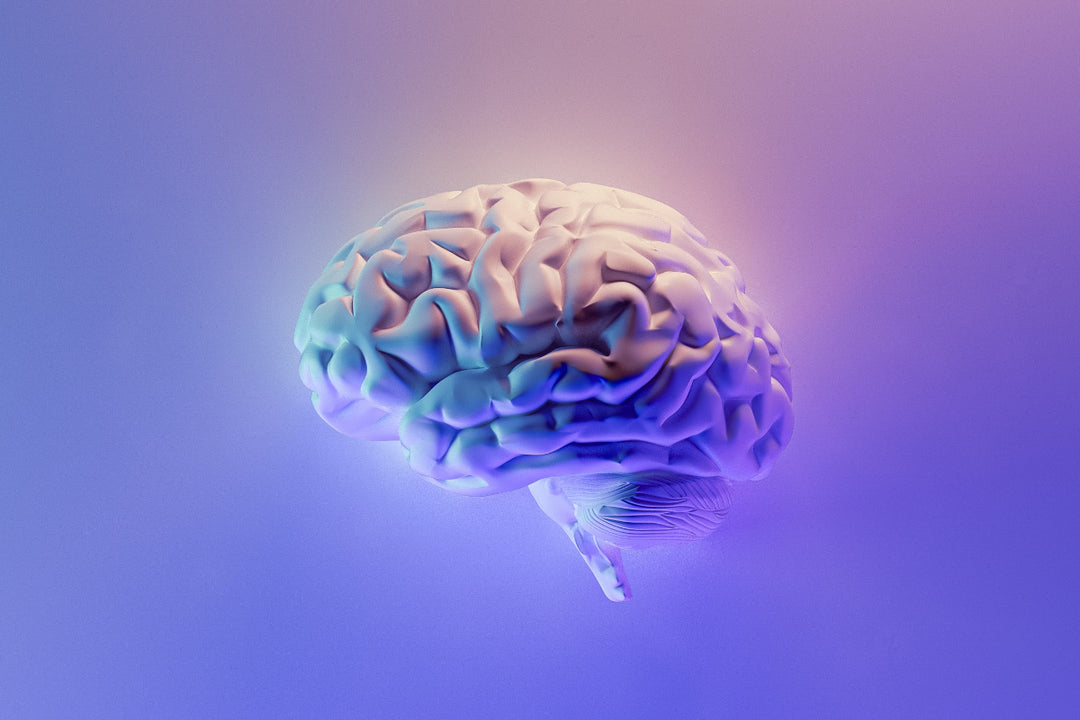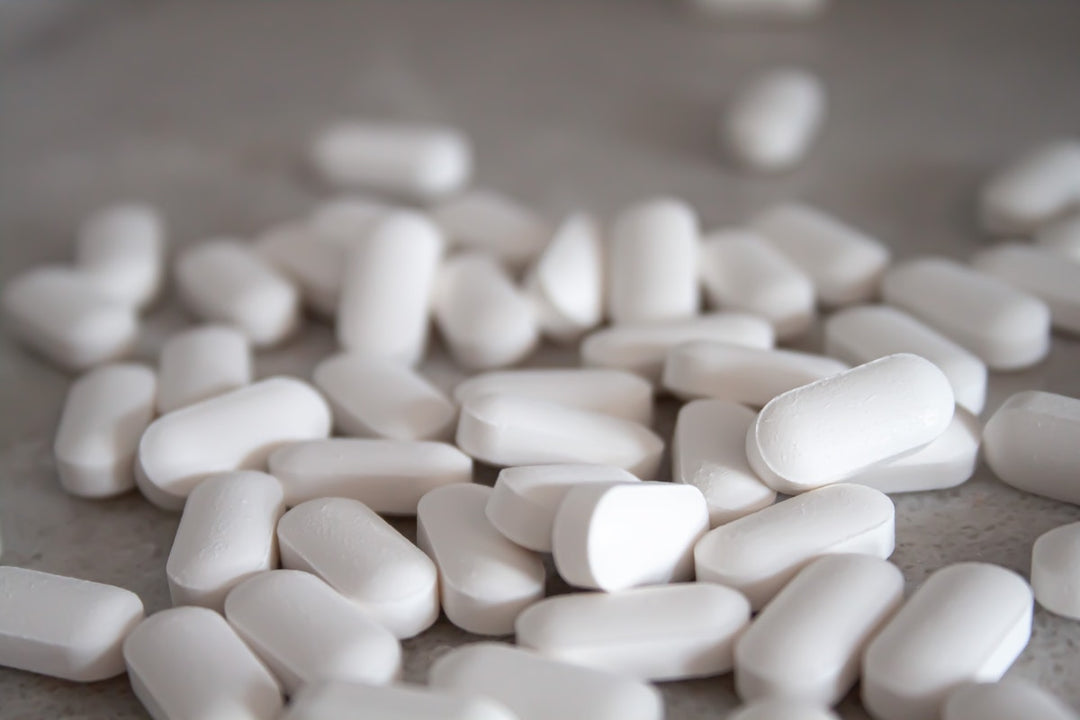If you've been trying to figure out how to eat to lose fat, then you already know it requires a caloric deficit to make any progress. Simply put, you need to burn more calories than you consume, and it's a process that requires patience and hard work.
Beyond the required caloric deficit, there's also the thermic effect of food to consider. That's right, you've no doubt heard the term "thermogenesis" used to explain some of your favorite fat burners and weight loss products, and the concept is exactly what it sounds like. Your metabolism kicks up due to the heat created by increased reactions within your body. You can literally burn more calories due to thermogenesis.
Obviously, the more calories you burn, the more weight you can lose. However, when you're on the same diet and/or exercise program for an extended period, your body will eventually adapt and become more efficient," it's always trying to reach a state of homeostasis where everything is in balance. That's good for your overall health, but it makes it tough to eat to lose fat.
Luckily, you don't have to be stuck with just reducing calories and/or increasing physical activities to break out of your body's adaption, often referred to as hitting a plateau. You can also manipulate the actual foods you eat. Each macronutrient (protein, carbohydrate, fat) has a range of thermic effects, so you can alter what you eat to lose fat. And the thermic effect of each can be significantly different.
Yes, you need to count calories for weight loss, but there's also the saying that "a calorie isn't always just a calorie." While that's not entirely true (a calorie is a calorie), it does drive home the point that our body processes calories from fats, carbohydrates, and proteins differently. At least from an energy-expenditure standpoint.
Caloric intake and activity levels aren't the only ways to take advantage of calorie burning. The simple act of digesting food also burns calories...
Your resting metabolism generally equates to about 60-70% of your overall calorie burning, and your activity level will normally add about 30-40%. With diet-based thermogenesis only accounting for 5-15% within that mix, it may seem too low to consider worthwhile, but consider that effect over time... Say an 8-12 week dieting phase. That adds up!
Protein requires the most time and effort to digest, so it has the highest thermic effect. Carbohydrates have a range of thermic effects depending on the source and whether it's a processed or whole-food source. Fat has a double-whammy effect on the negative side... It delivers the most calories per gram while requiring the least amount of effort for your body to assimilate and store.
So, how do you manipulate your macronutrients so you can specifically eat to lose fat? Here are a few pointers:
Protein
Generally speaking, the thermic effect isn't that different between various sources of meat-based protein. The big difference comes from the fat content of each. In other words, the lower the fat content, the higher the thermic effect.
Knowing that the work your gut has to do on protein in order to assimilate it will give you a thermic benefit might have you thinking you should make it even harder work by chewing less. That doesn't work and has other negative effects on your gastrointestinal system, so chew your food completely and let your stomach do its natural job the rest of the way. That means that even though a high-quality protein shake will be easy to digest, you'll still get the fat-burning thermic effects.
Carbohydrates
Not all carbs are the same, obviously. Processed carbs can have the same minimal thermic effect as fat since there's less work for your digestive system to handle. That's not to say you should avoid simple or easy-to-digest carbs, as those are ideal for pre- and post-workout since they can be assimilated quickly and help transport other nutrients into hungry muscle cells. Otherwise, it's the fibrous, complex carbohydrates you should stick with when you're trying to lose weight.
Fat
As with carbohydrates, not all fats are the same either. Healthy fats have a slightly higher thermic benefit, and they're just plain good for you, so stick with monounsaturated and medium-chain triglycerides when possible. And while good fats are crucial to many bodily functions, and can even help with fat burning, they're still calorically dense no matter the source and have a low thermic effect, so eat what you need and move on.
So, while there's not a huge difference in calorie burning based on food choices at any given meal or on a single day, there is enough difference that the cumulative effects are well worth the effort over the long haul. It's not just your activity level or what you don't eat that will help get you in shape, you can also target what you eat to lose fat.



